The Best Time to Visit Gujarat: Seasonal Highlights for Travelers
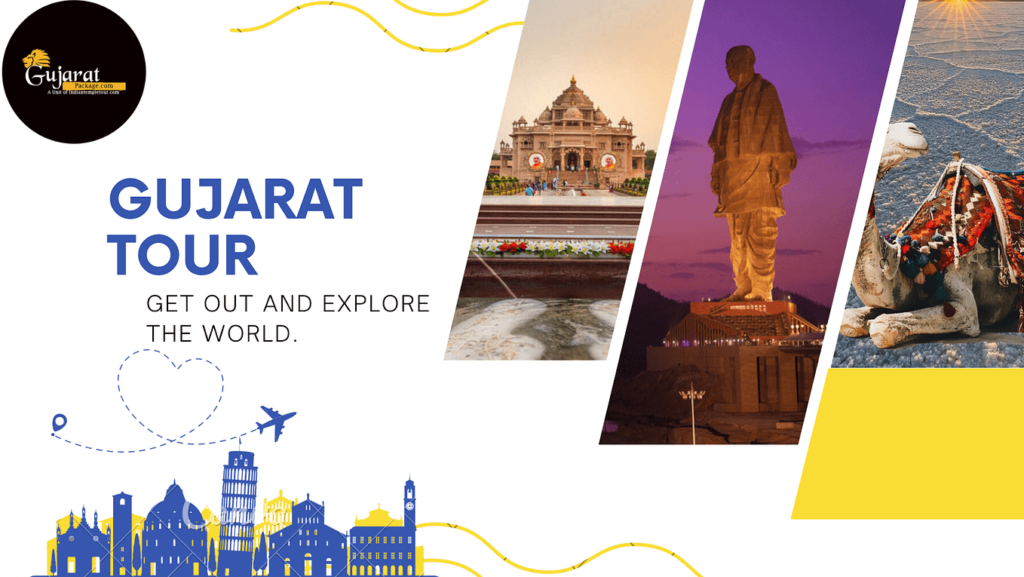
Gujarat, a state in western India, is known for its rich cultural heritage, historical sites, diverse landscapes, and vibrant festivals. When planning a trip to Gujarat, it’s essential to consider the best time to visit to make the most of your experience. The state experiences distinct seasons, each offering unique attractions and activities. In this guide, we will explore the seasonal highlights for travelers in Gujarat, providing you with insights to plan your visit accordingly.
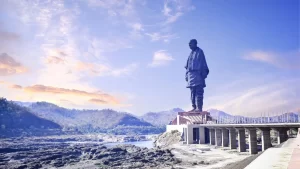
Winter (October to February): Winter is considered the peak tourist season in Gujarat due to the pleasant weather and a plethora of festivals and events taking place during this time. Here are some key highlights:
Rann of Kutch: The Great Rann of Kutch, the world’s largest salt desert, is a mesmerizing destination that comes alive during the winter months. Stretching across thousands of square kilometers, the white salt desert provides a surreal landscape. The Rann Utsav, a cultural extravaganza held from November to February, showcases the rich heritage of Gujarat through folk music and dance performances, camel rides, traditional handicrafts, and mouth-watering cuisine. It’s an excellent opportunity to experience the vibrant colors, flavors, and hospitality of Gujarat.
Ahmedabad: The bustling city of Ahmedabad offers numerous attractions during winter. The International Kite Festival, held on Makar Sankranti (mid-January), is a major highlight. Thousands of colorful kites fill the sky, and skilled kite-flyers from around the world showcase their talents. The festival creates a jubilant atmosphere, and visitors can actively participate in kite-flying competitions, relish local delicacies, and immerse themselves in the infectious energy of the event.
Wildlife Sanctuaries: Winter is an ideal time to explore the wildlife sanctuaries in Gujarat. Gir National Park, located in the Junagadh district, is the only place in the world where you can spot Asiatic lions in their natural habitat. The mild winter weather makes it easier to sight these majestic creatures. Other notable wildlife sanctuaries include Velavadar Blackbuck National Park, Little Rann of Kutch, and Jessore Sloth Bear Sanctuary, which offer opportunities to spot blackbucks, wild asses, flamingos, and various bird species.
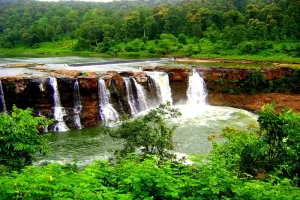
Summer (March to June): Summer in Gujarat can be scorching hot, with temperatures soaring above 40°C (104°F). However, if you can tolerate the heat, there are a few attractions and experiences worth considering:
Saputara: Saputara, a charming hill station located in the Dang district, offers a pleasant retreat from the summer heat in other parts of Gujarat. Situated at an altitude of around 1,000 meters (3,281 feet), Saputara provides a cooler climate, verdant landscapes, and breathtaking views of the Sahyadri Range. You can indulge in boating on the serene Saputara Lake, explore the picturesque Artist Village, visit the Sunset Point for stunning vistas, or go trekking in the nearby hills.
Rann of Kutch: Although the Rann Utsav concludes by February, you can still visit the Rann of Kutch during early summer to witness the vast expanse of the salt desert shimmering under the scorching sun. It’s advisable to plan your visit for early morning or late evening when the temperatures are relatively cooler. The stark beauty of the desert against the clear blue sky is a sight to behold.
Coastal Getaways: Gujarat is blessed with a long coastline, and summer offers an opportunity to explore its beautiful beaches. Popular beach destinations include Mandvi, Dwarka, Somnath, Diu, and Porbandar. You can relax on the sandy shores, indulge in water sports, visit ancient temples and forts, and savor delicious seafood. Although the temperatures can be high, the coastal breeze provides some respite from the heat.
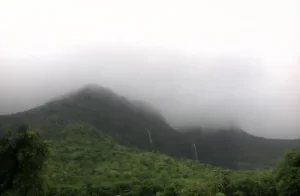
Monsoon (July to September): Gujarat experiences moderate to heavy rainfall during the monsoon season, offering a different perspective on its landscapes and cultural attractions. While monsoon travel requires caution due to occasional road closures and flooding, it presents unique highlights:
Saputara: The monsoon season breathes new life into the lush greenery of Saputara. The waterfalls in the surrounding areas, such as Gira Falls and Girmal Falls, become more majestic, providing a scenic spectacle. Nature walks, hiking, and exploring the tribal villages are popular activities during this time. However, do check for any travel advisories and road conditions before planning your trip.
Ambaji Temple: Situated in the Aravalli Range, the Ambaji Temple is a significant pilgrimage site in Gujarat. During the monsoon, the surroundings transform into a verdant paradise. The temple complex, dedicated to the goddess Amba, attracts devotees from far and wide. The lush green backdrop and cool weather enhance the spiritual experience for visitors.
Wildlife Sanctuaries: The monsoon season brings out the beauty of Gujarat’s wildlife sanctuaries, transforming them into lush habitats. Places like Gir National Park and Girnar Wildlife Sanctuary are ideal for wildlife enthusiasts and birdwatchers. The sightings of Asiatic lions, leopards, sambar deer, and various bird species are more frequent during this time. However, accessibility to some areas may be restricted due to heavy rainfall, so it’s advisable to check with local authorities before visiting.
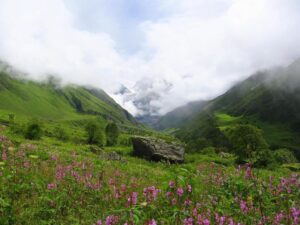
Post-Monsoon (October): The period immediately after the monsoon, from late September to October, is another favorable time to visit Gujarat. The weather is pleasant, and the landscapes are still green and fresh from the recent rainfall. Some highlights of visiting Gujarat during this time include:
Dwarka and Somnath: Dwarka and Somnath are two prominent pilgrimage destinations in Gujarat. Dwarka, associated with Lord Krishna, is home to the revered Dwarkadhish Temple. Somnath is known for the historic Somnath Temple, dedicated to Lord Shiva. The post-monsoon season offers pleasant weather for exploring these temples, enjoying the coastal areas, and experiencing the spiritual fervor surrounding these holy sites.
Kutch: In late September, as the monsoon recedes, the Rann of Kutch begins to dry up. The crystallized salt on the desert surface glistens under the sunlight, creating a unique landscape. This period offers an opportunity to witness the gradual transformation of the Rann, making it an intriguing time to visit this natural wonder.
Conclusion: Gujarat has something to offer throughout the year, with each season presenting its own charm. Winter is the most popular time for tourists, thanks to the pleasant weather and the famous Rann Utsav. Summer attracts travelers seeking coastal getaways and the mystical experience of the Rann of Kutch. Monsoon showcases the lush landscapes and provides a different perspective on Gujarat’s natural beauty. Post-monsoon is ideal for temple visits and exploring the Rann as it dries up. Consider your preferences, weather conditions, and specific attractions you wish to explore while planning your visit to Gujarat.







